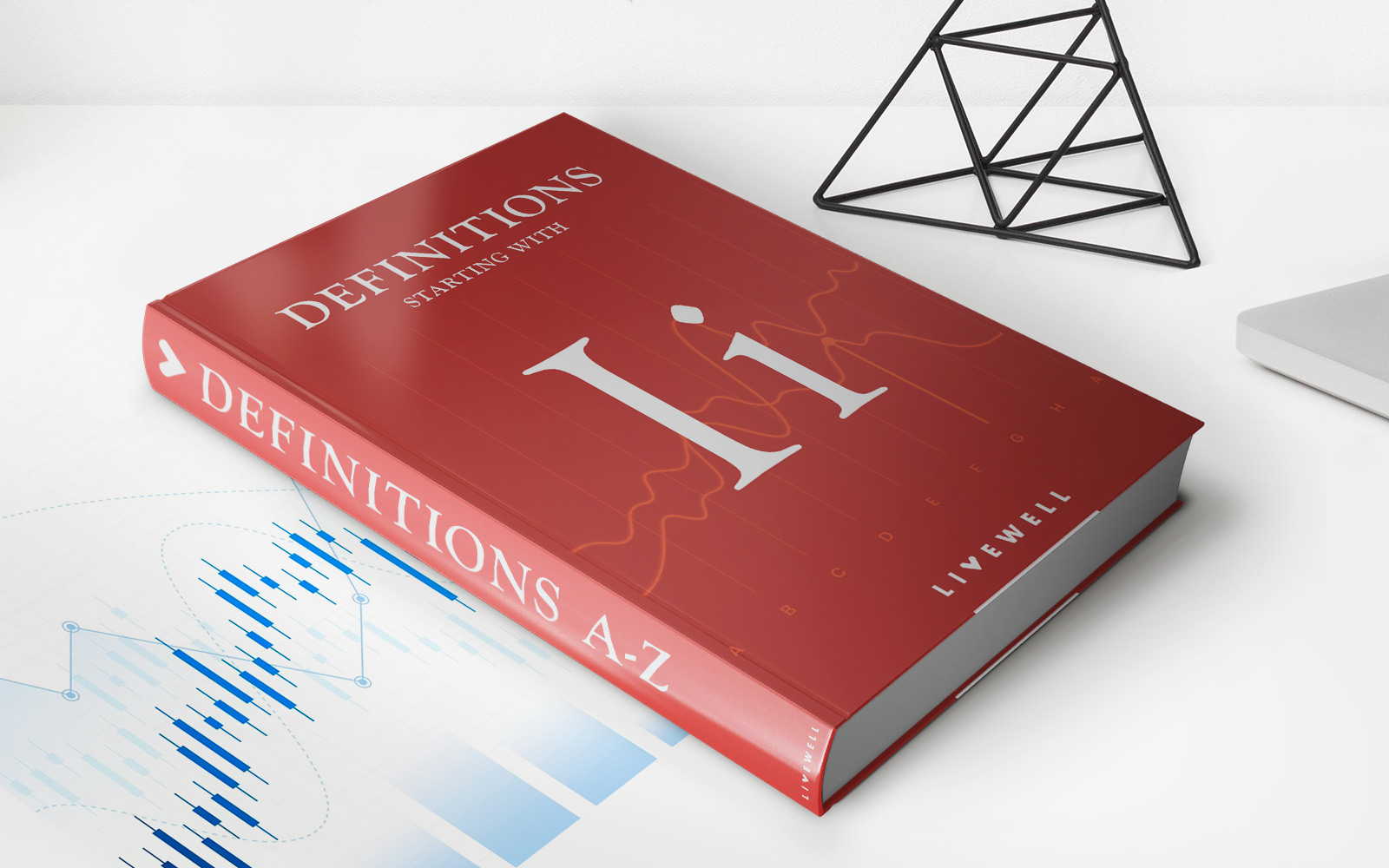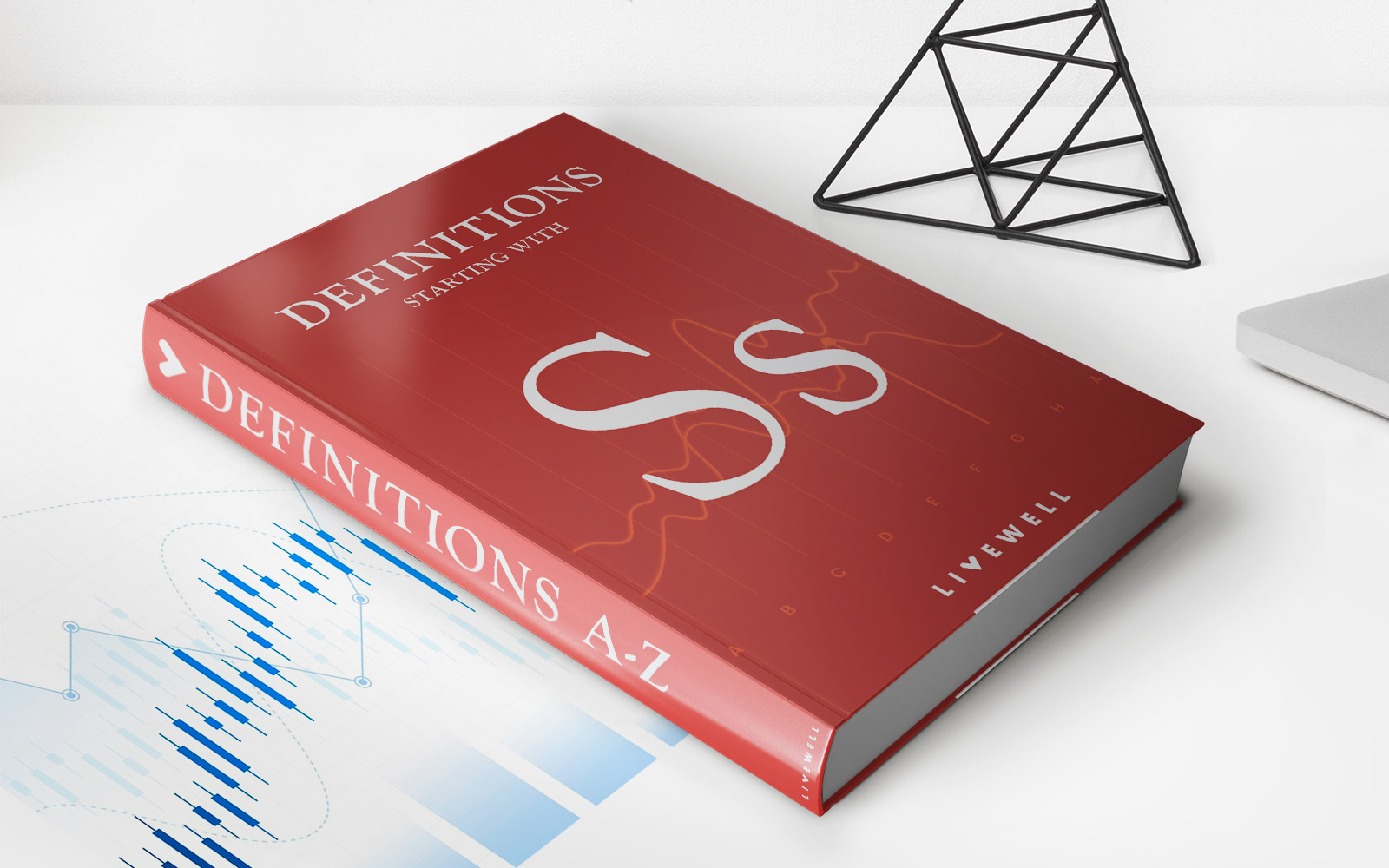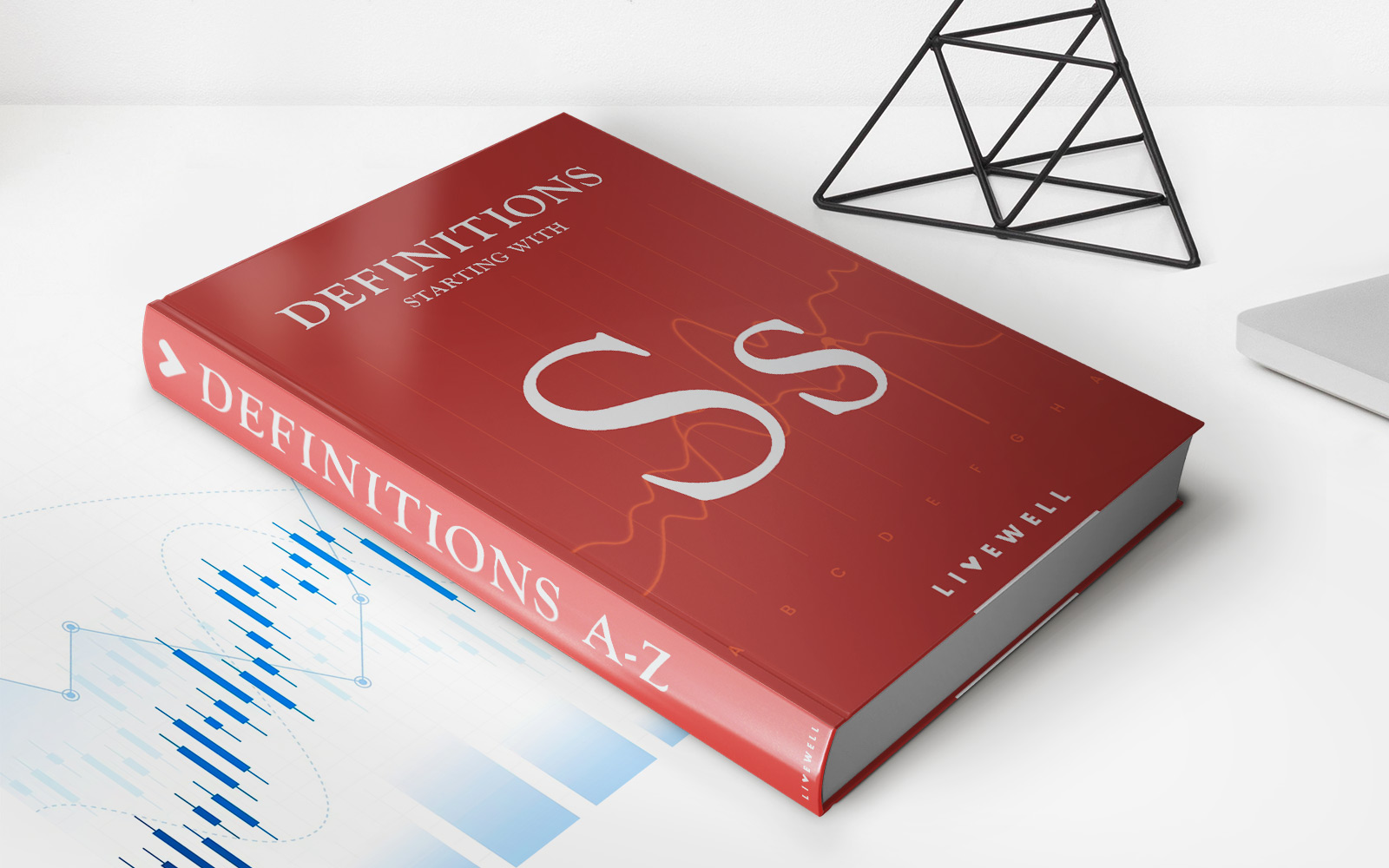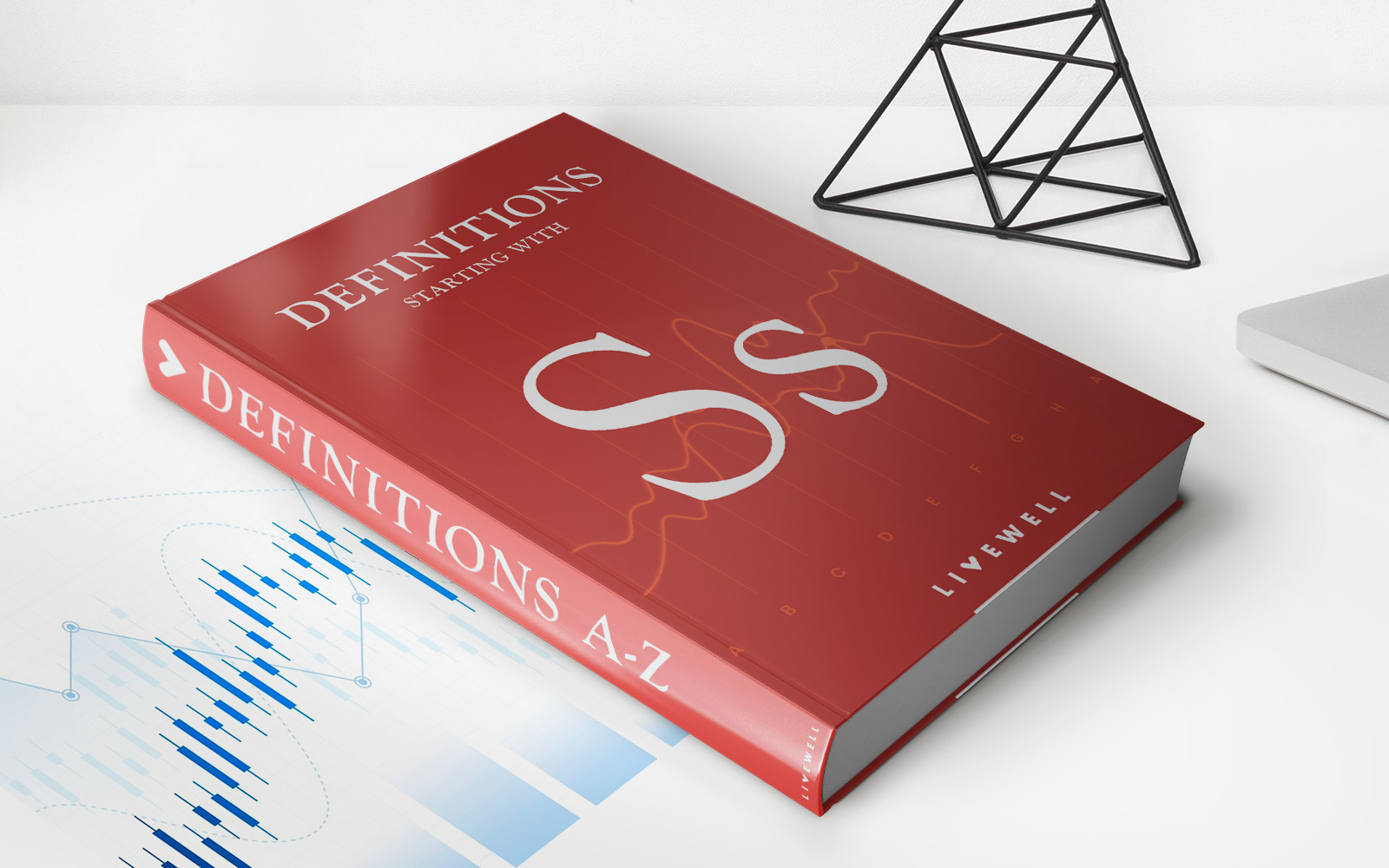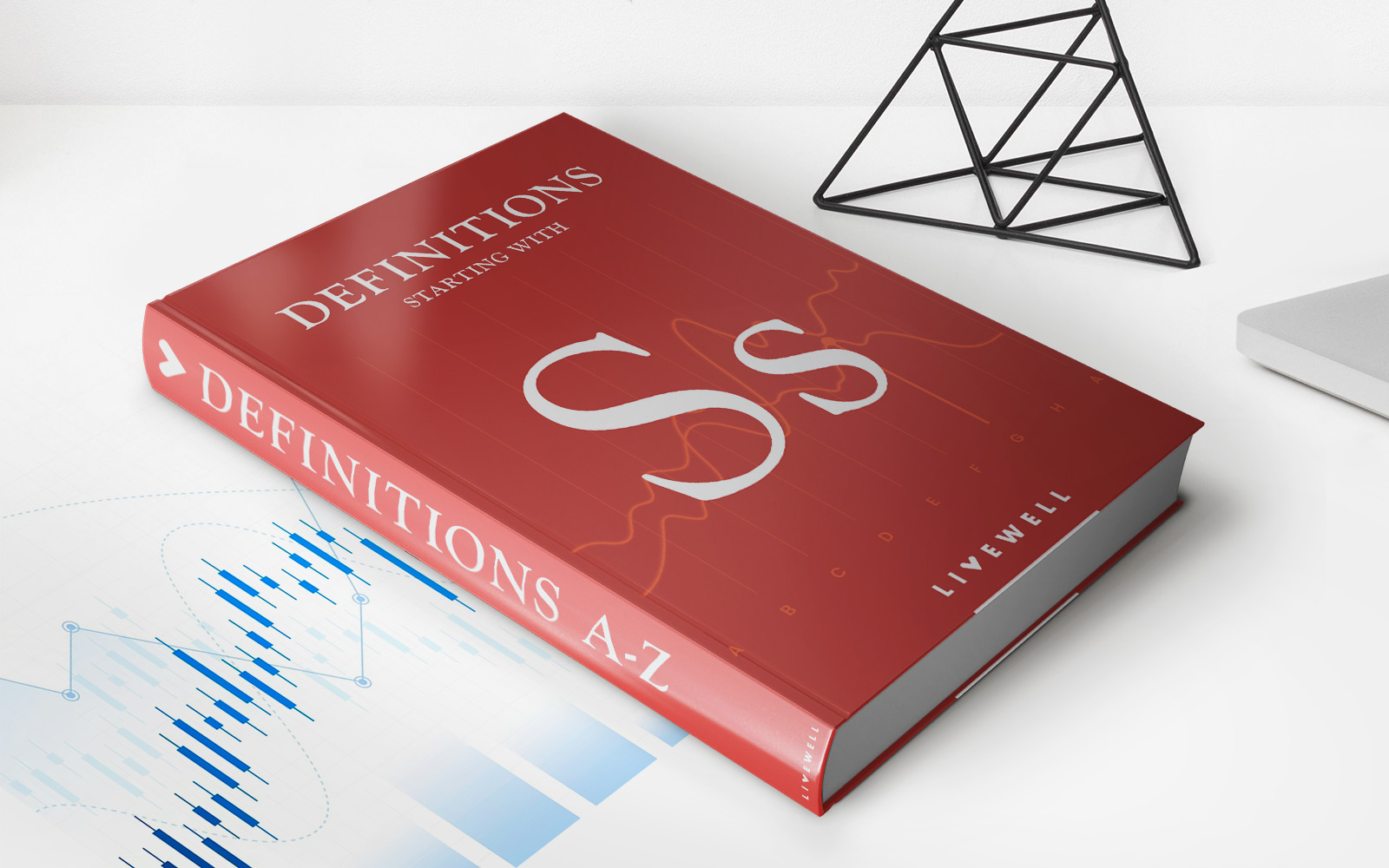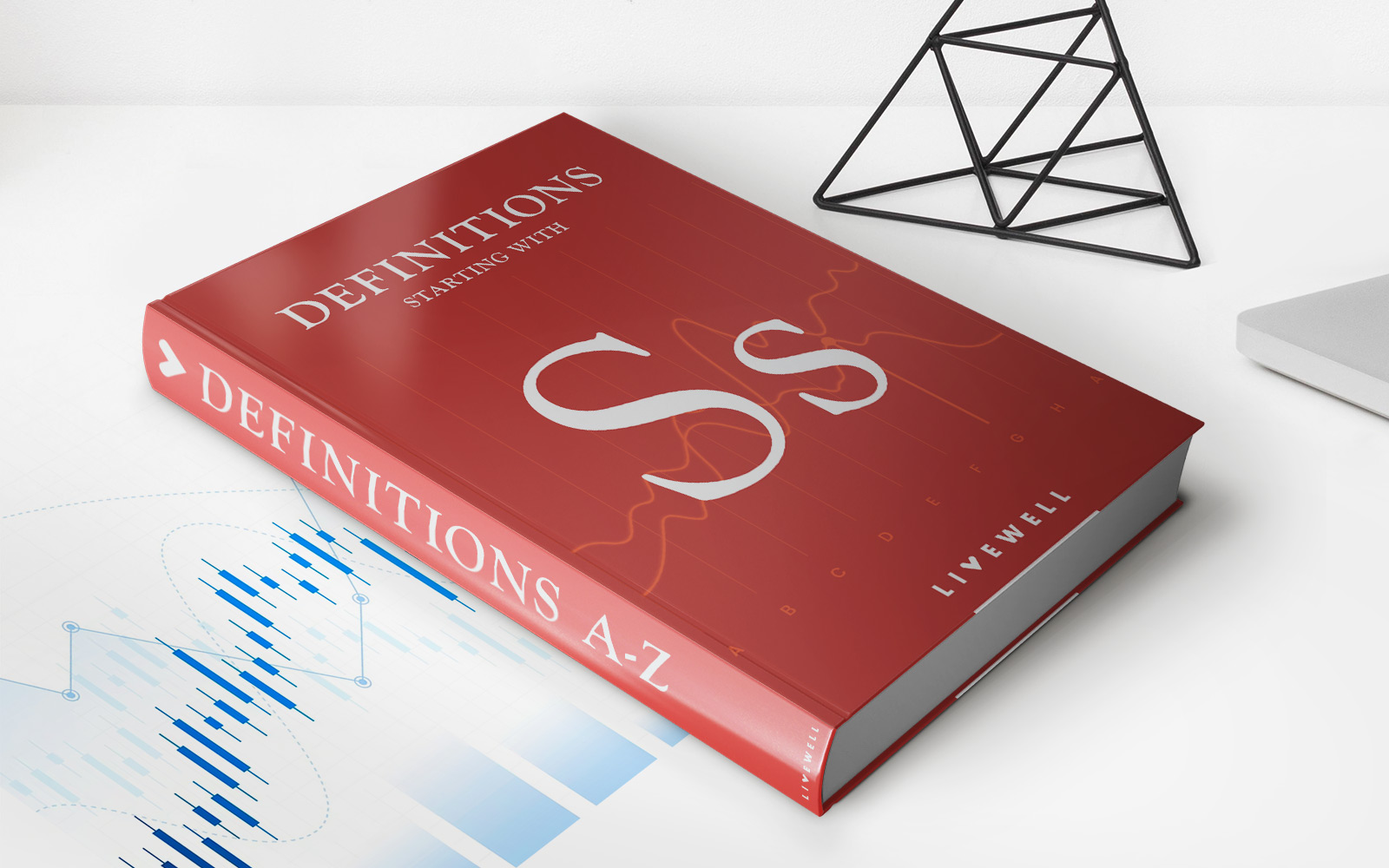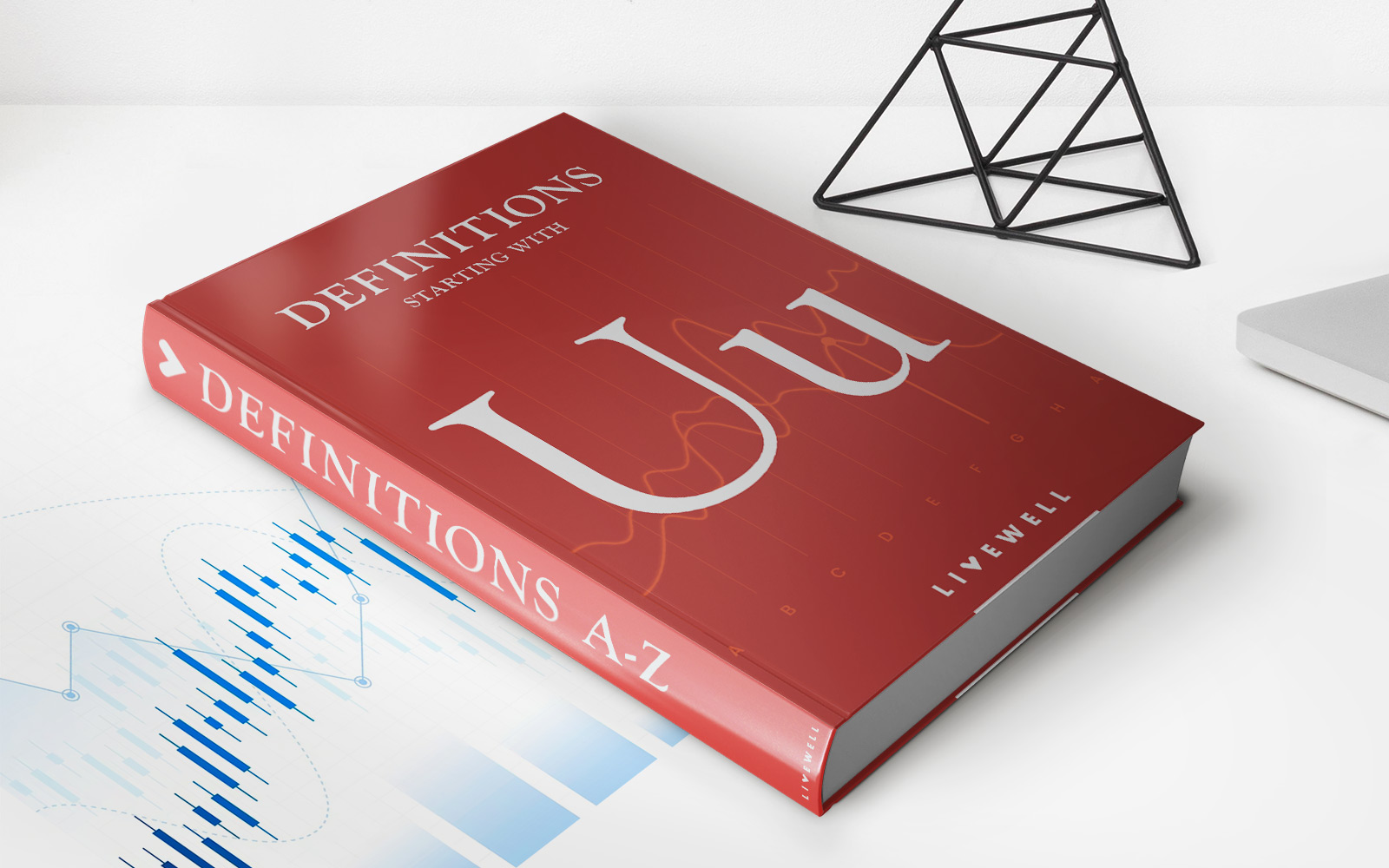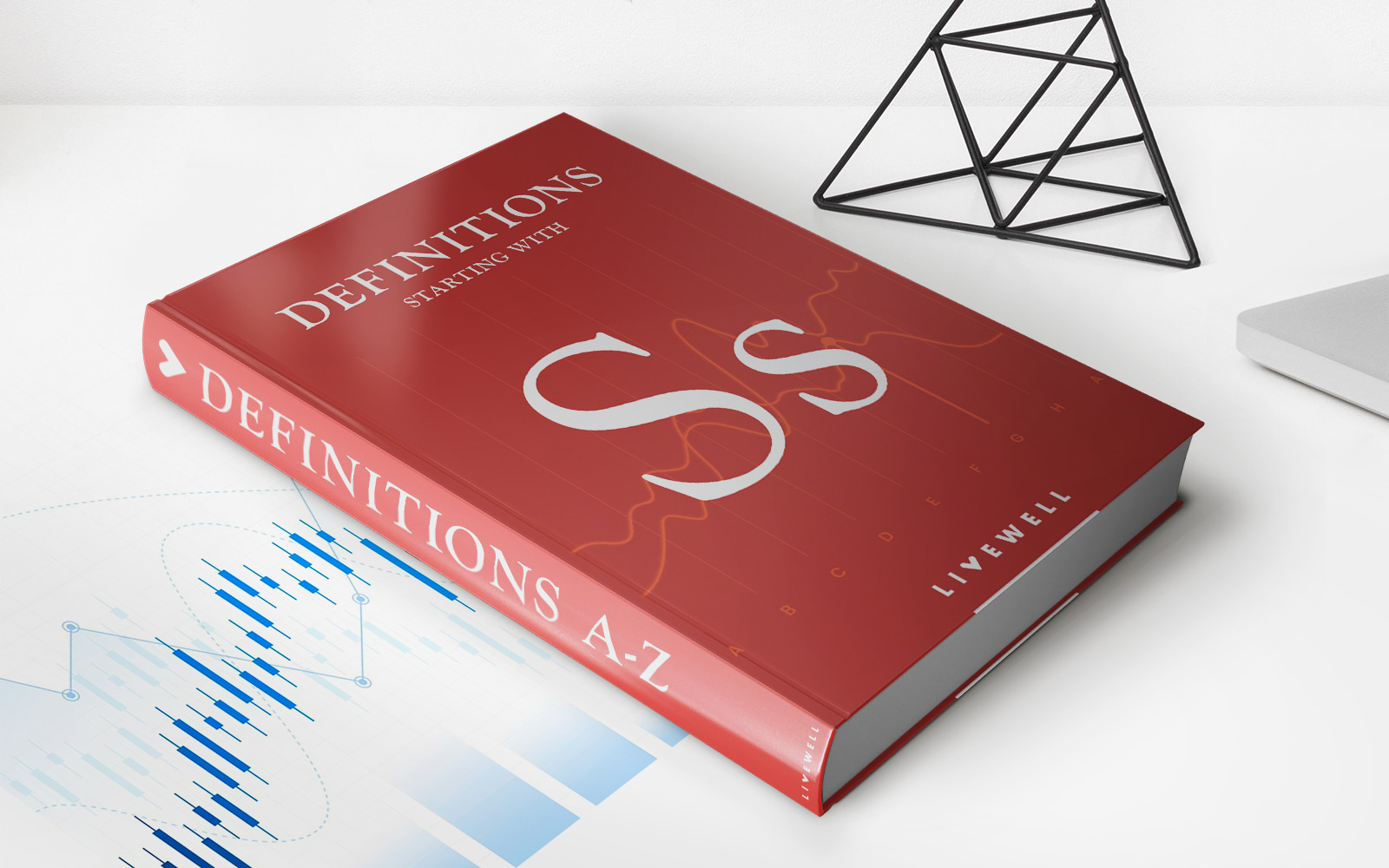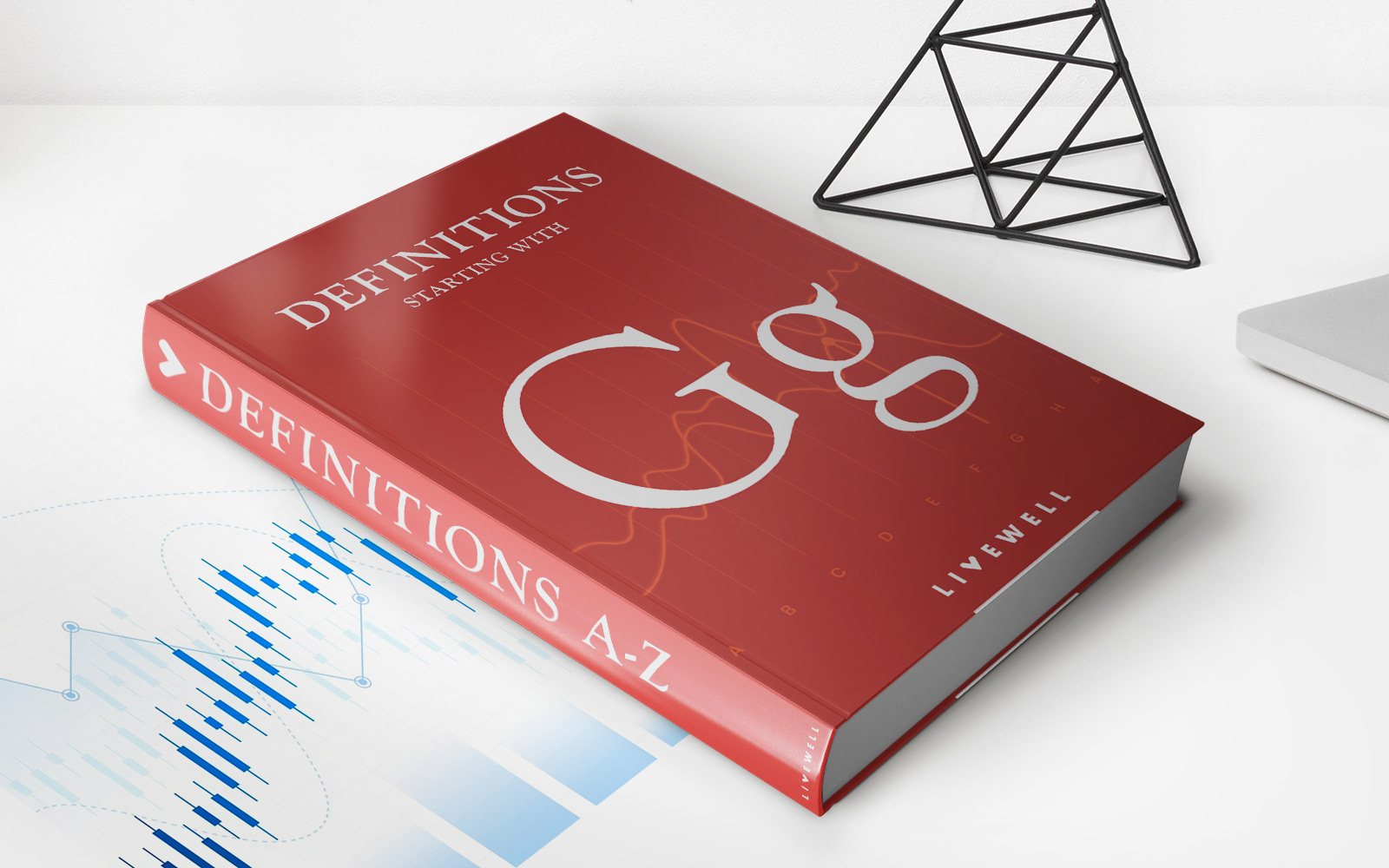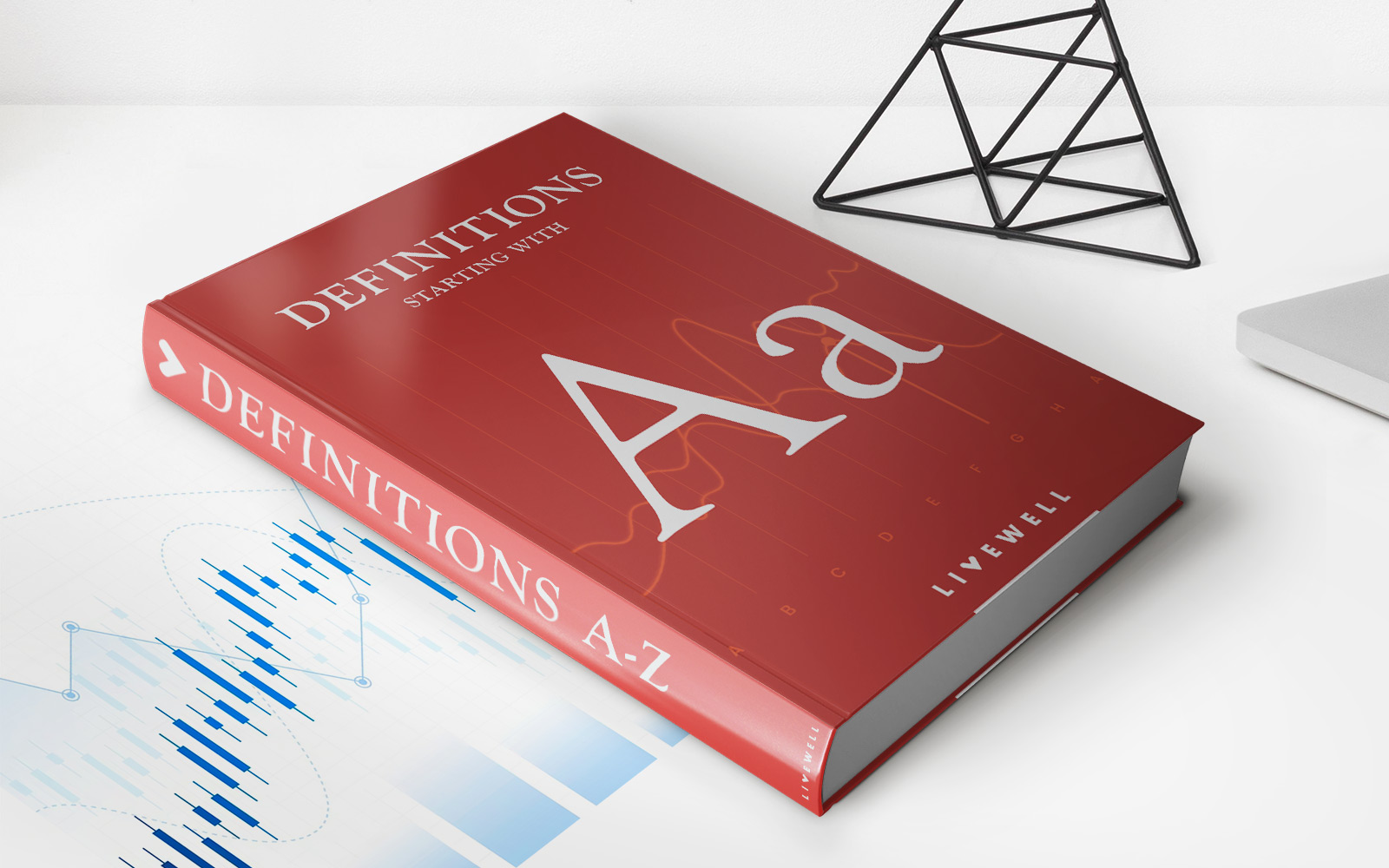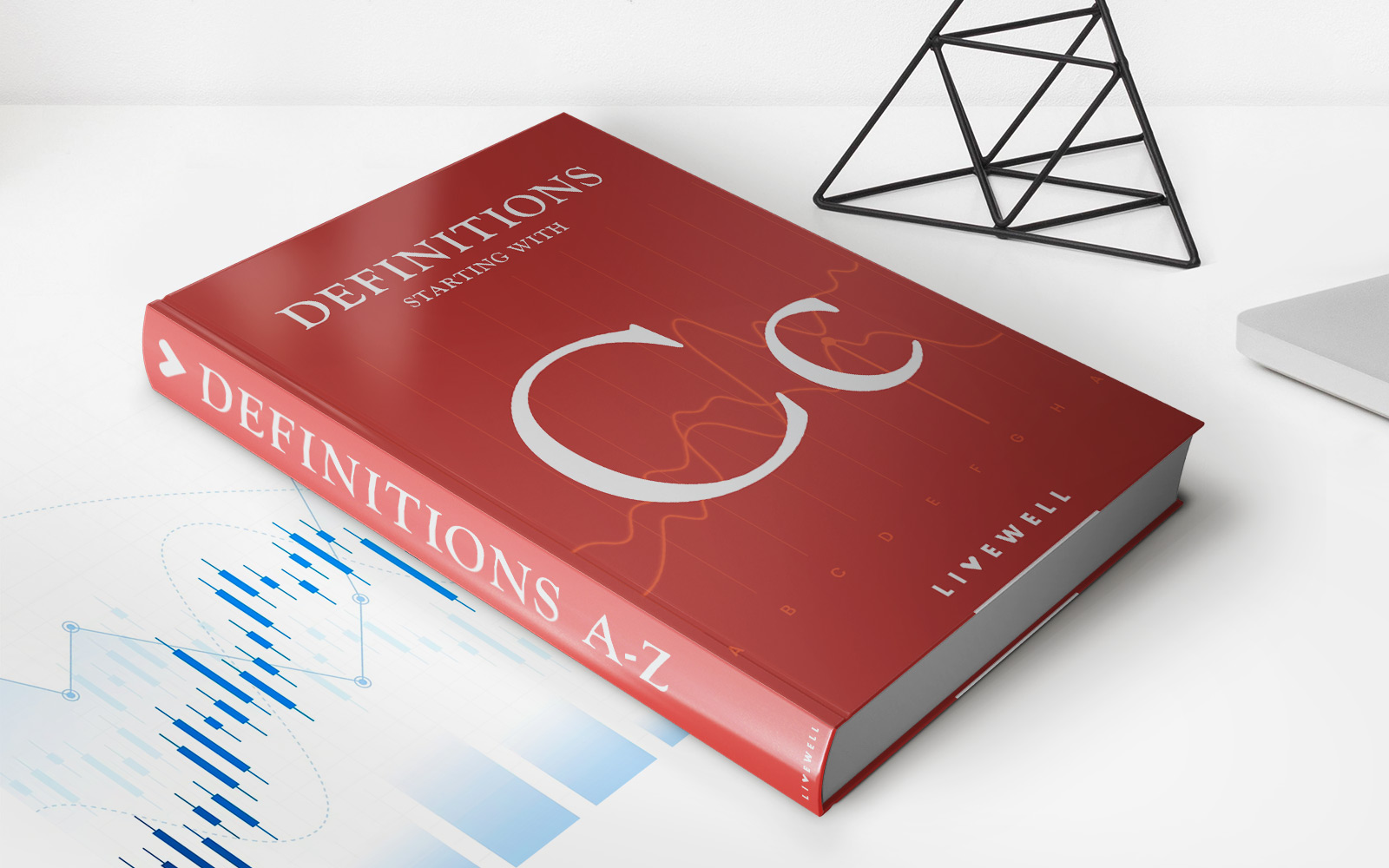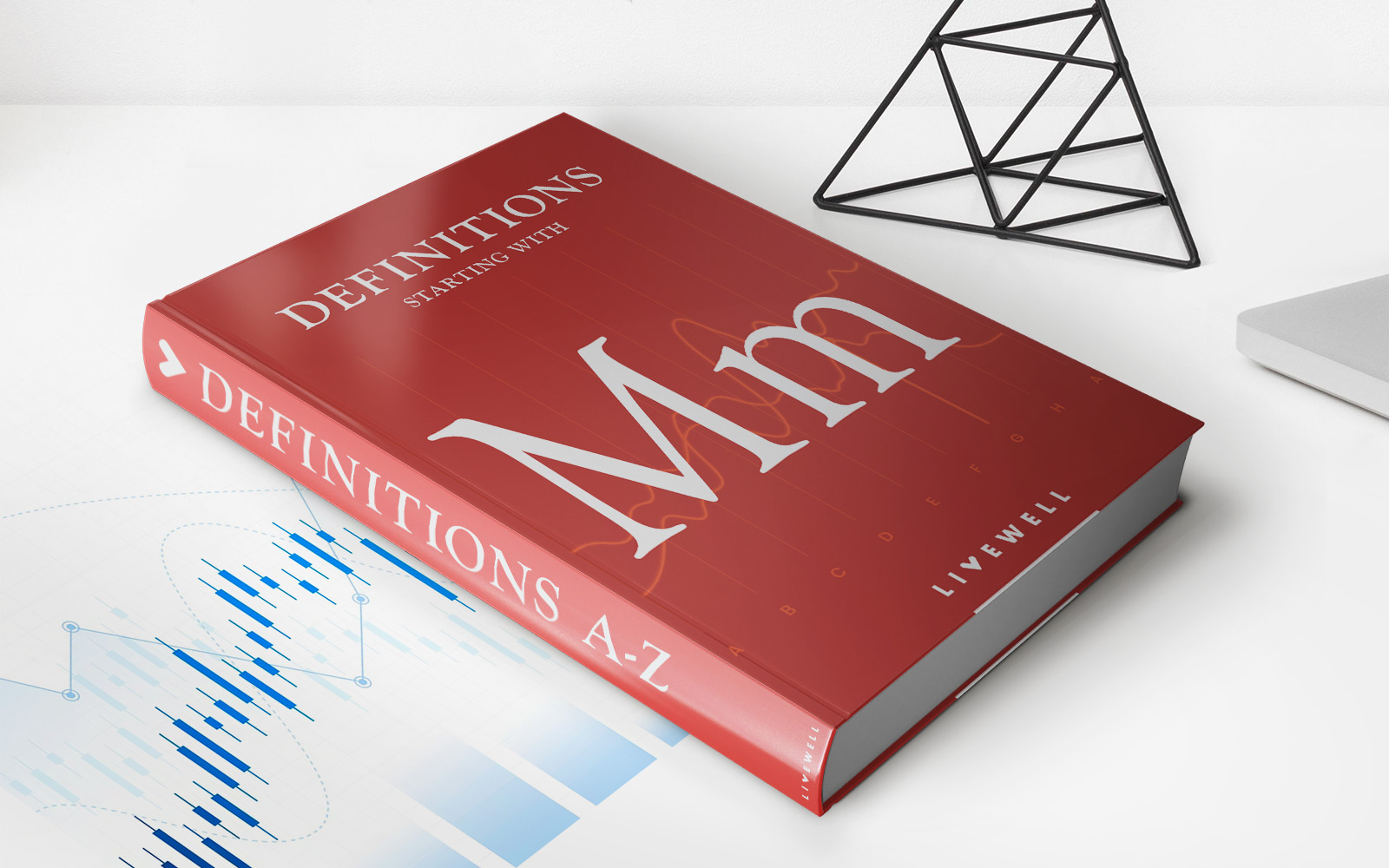Home>Finance>U.S. Debt Ceiling: Definition, History, Pros, Cons, Clashes
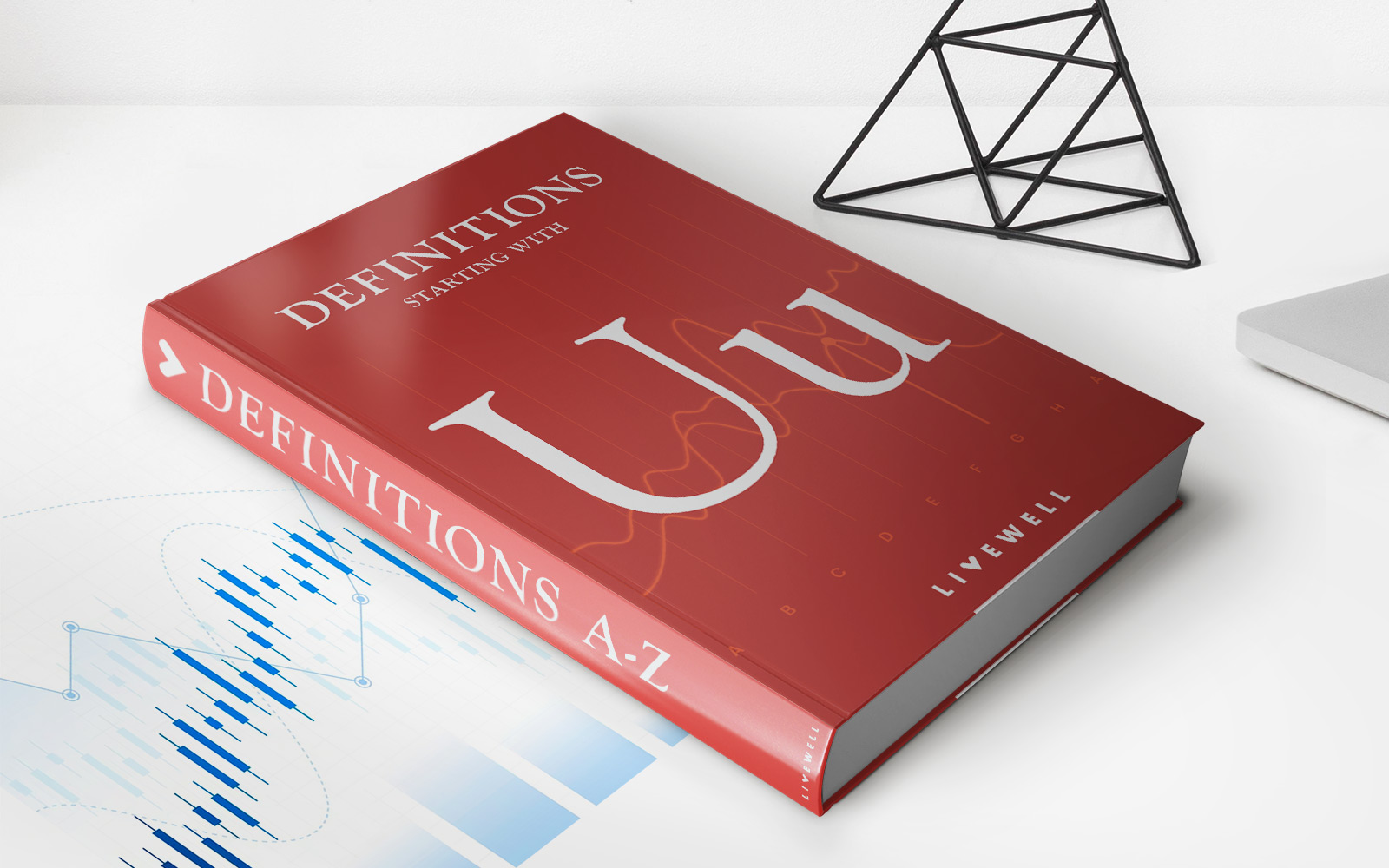

Finance
U.S. Debt Ceiling: Definition, History, Pros, Cons, Clashes
Published: February 12, 2024
Learn about the U.S. debt ceiling, its definition, history, and the pros and cons of its existence, as well as the clashes it has caused. Explore this important aspect of finance and understand its implications.
(Many of the links in this article redirect to a specific reviewed product. Your purchase of these products through affiliate links helps to generate commission for LiveWell, at no extra cost. Learn more)
The U.S. Debt Ceiling: Understanding its Definition, History, Pros, Cons, and Clashes
Are you familiar with the term “U.S. debt ceiling”? If not, worry not! In this blog post, we will delve into the fascinating world of the U.S. debt ceiling, explaining what it is, its history, pros, cons, and the clashes that have occurred around it. By the end of this article, you’ll have a comprehensive understanding of this crucial topic that impacts the nation’s financial stability.
Key Takeaways:
- The U.S. debt ceiling is a legislative limit set by Congress on the amount of debt the government can incur.
- It has been a topic of intense political debate over the years, often leading to clashes between political parties.
What is the U.S. Debt Ceiling?
The U.S. debt ceiling is the maximum amount of money that the federal government can borrow to fund its expenditures. It is a legislative limit set by Congress to ensure that the government doesn’t accumulate excessive debt. When the debt ceiling is reached, it prohibits the Treasury from issuing more debt. However, reaching the debt ceiling does not mean the government cannot pay its debts; it simply means that it cannot borrow more money to fund additional expenses.
History of the U.S. Debt Ceiling
The concept of a debt ceiling was introduced in 1917 to increase fiscal discipline during World War I. Since then, it has been raised numerous times to accommodate the growing financial needs of the government. However, the U.S. debt ceiling has become a highly politicized issue in recent decades, resulting in contentious debates and clashes.
Pros and Cons of the U.S. Debt Ceiling
Pros:
- Promotes fiscal responsibility by limiting government borrowing and spending.
- Raises awareness about the nation’s debt and encourages discussions on long-term fiscal sustainability.
- Can potentially prevent excessive government spending and inflation.
Cons:
- Can lead to disruptions in government operations if the debt ceiling is not raised or extended in a timely manner.
- Risks defaulting on existing government obligations which can have severe consequences for the economy.
- May undermine the flexibility of the government to respond to economic crises or emergencies.
Clashes and Political Dynamics
Over the years, the U.S. debt ceiling has become a focal point of political battles. Clashes between political parties often arise when reaching the debt ceiling, as the decision to raise it requires bipartisan agreement. These clashes have the potential to create uncertainty in financial markets, impact borrowing costs, and can even destabilize the economy.
One of the most notable clashes occurred in 2011 when the U.S. came perilously close to defaulting on its debts. The prolonged debate surrounding the debt ceiling led to a downgrade of the nation’s credit rating for the first time in history. The impact was significant, causing financial markets to panic and leading to increased borrowing costs for the government and consumers.
In Conclusion
The U.S. debt ceiling is a critical aspect of the nation’s financial stability. While it serves the purpose of promoting fiscal discipline, it also brings potential risks and clashes that can undermine economic growth. As citizens, it’s important to stay informed about these dynamics and the consequences of the decisions made around the U.S. debt ceiling. By doing so, we can engage in more meaningful discussions and contribute to a healthier economic future.
